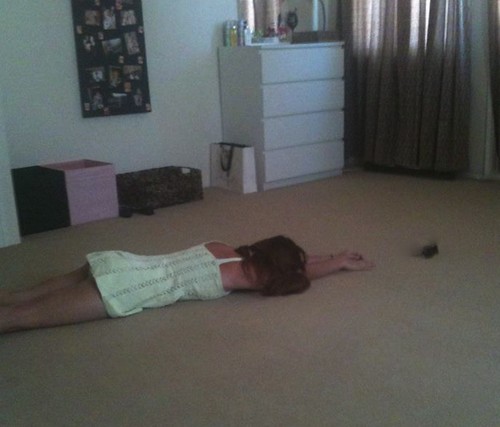This may form part of the introduction of my book on counseling drug and alcohol users.
Professionally, the other major influences were Bob and Mary Goulding who taught me how to understand people. Not just how to observe people but how to listen with my eyes. How to stop listening to them talking and start observing them, then one can truly see who they are and what they want.
Another significant influence was the quintessential Gestaltist Jim Simkin who always left me marvelling at how he did what he did. Where he could take clients and how he took them there was craftsman like. The other person who did influence me was Michael Conant and his training in bioenergetics. How to understand the psyche of a person by looking at their body. How the bits fit together, the body holding patterns, where it bends and where it does not and how it moves. I have never been interested in practising body therapies but ‘body reading’ as they call it is a major part of bioenergetics which again taught me how to observe people.
Then of course there is the theory of transactional analysis of which cognitive behaviour therapy forms a significant part. This provides me with the nuts and bolts and practicalities of the counseling process. The behavioural things you do with the client.

Service
I was asked recently by a supervisee what approach do I use and I could not answer the question. I used to be able to answer that question and was a bit surprised that I felt I no longer could. I could no longer identify a approach that I would say defines me as a counselor or psychotherapist. Initially this concerned me as it seemed to be a retrograde step. I had gone from knowing who I was to not knowing who I was. Needless to say I subsequently pondered the question for some time.
I can state the practicalities of what I do with a client and I can cite the influences on myself as a counselor, as I have done above. Perhaps that means I am now eclectic in my approach. I have never liked the idea of being an eclectic counselor as it seems one is a collection of a lot of things but not really any of them. It seems to lack a substance.

Fainting woman and the dead mouse
As I thought about the question in the subsequent days, I wondered what had changed such that a question I once could answer, I no longer could. In my musing I calculated that I would have done between forty to fifty thousand hours of counseling in my thirty two years of working. It seems logical that if one does a task for that long then it stops being something that you do and becomes part of who you are. You have done the task so many times it becomes second nature, ‘in your bones’ and part of your character.
This idea then allowed me to answer the question. I am a person, Tony White and there are many parts or aspects of me, one being a counselor. When I go to work I am simply being me. This is what the client gets, me the person, with the counselor being part of me. I think I have shifted from being a counselor who happens to be named Tony, to being Tony who also happens to be a counselor. As you can imagine this answer left me feeling much more secure in who I am in my work.

Is this me or am I just doing it?
Graffiti








